|
Pluses and Minuses as Commodity in Developing Self-Discipline The beauty of subtracting minuses from pluses is that students are penalizing themselves by taking away something that is intrinsically theirs. They earn those pluses, they weren't gimmies. When a teacher takes away recess time, they're taking away something that is baked into the schedule, something that kids know is going to be there whether they do well or not. When their pluses are erased for the board to pay for the minuses, you have to remind them that those pluses were theirs come, something they earned and sadly squandered. I would often remind them that the richest people aren't the ones who make the most money, they are the ones who keep the most money. The Question I'm going to end this last post about self-discipline with a several questions I’ve considered for a long time. Why do kids go to elementary school or junior high? The obvious answer is because their parents make them. But look a little closer. Why do kids actually want to go to school? There are some basic motivations. It gives him a break from their parents. It gets them out of their house. It's different scenery. There's often free food, like subsidized breakfast lunches and snacks. They get to go somewhere where it's warm in the winter time and hopefully cool in the springtime and fall. Most of all, they get to see their friends and socialize. But do they come to school for the education? For isosceles triangles, musical modes, the Treaty of Versailles, or the stages of meiosis? Let me be blunt. Is one of the reasons they come to school is to see you? Only you can answer that question. Do they want to spend time you? Do they look forward to making music you? Let's face it. Kids don't have to go to school to learn stuff these days. The YouTube University for Advanced Studies has resolved that pesky problem. Covid taught us that the Internet was both an infinite source of knowledge as well as sinkhole of brain candy. You can download just about any book or media from a library. What would kids do if they arrived at school and there were no classes? They would socialize, play, eat when food was available, and utilize as much technology and Wi-Fi bandwidth as they could. If teachers walked around like vendors at ballpark, trying to sell social studies, music, art, theater arts, calculus, would there be any takers? Sure. The kids who came to school with an appetite for intellectual stimulation would sign up. They would dabble and some small percentage would become deeply enmeshed with the subject matter and only come up for air and chicken nuggets every few hours or so. Would they develop self-discipline? Maybe. We've all read about the marshmallow and cookie experiments. I know that some kids have an overriding compulsion to delay gratification while some others are impulsive in the extreme. Unfortunately, there comes a point in time in education where, as my uncle would say, then note comes due. Nurture is more necessary to promote than nature. And that's where we as teachers have the greatest gift to give our students: our love for our subject matter as well as the self-discipline that was required to attain that knowledge and skill base. Do you still have that over-riding self-disciple you had when you fell in love with what you do? And if that never happened, can you generate it at your late age and pass it on to your students? I believe the answer is yes. Not everybody thinks about self-discipline as they go through their development in their field. It’s a given. Ask musicians. The Musical Experience We are tethered to the reality that if we don't discipline ourselves within our art, we will make no progress and actually backslide. By introducing self-discipline habits, techniques, and tendencies that are grounded in our love for the subject matter to children, we plant a seed that has the potential to grow into a sturdy intellectual curiosity oak that years from now will withstand the winds of temptation. As Betty Davis once said, “Getting old ain't for sissies”. For a kid in third grade, old is being in 7th grade. Many a time I used Betty’s line with kids, reminding them that as they grew older, their self-discipline would have to be what they relied upon to achieve a goal. Another way I framed it was “Would you rather tell yourself what you need to do or have someone else stand over you and demand that you do something?” Life is a heck of a lot easier when you make up your mind to do something on your own rather than have someone over you tell you what you need to do. I would often reflect on the bedrock of their time with me, namely their listening, receptive language, and observational skills, to give me the answer to this question: “Look around in your own life, the people you know, the people you see. What do you observe? What do you hear? How happy are those who have to be told what to do all the time? Compare them to the people that just do the right thing at the right time without having anyone tell them what to do. Which group of people are more happy?” Inevitably, kids would say the people that just do the right thing on their own. I would tell them, “Those people have self-discipline and so do you”. Self-Disipline and Motivation Often, the people who don’t do things on their own are motivated by one of two things: fear or happiness (shades of the market: fear or greed). Those that do things motivated by self-discipline do them not because of fear or happiness but rather because they have learned that life works better because they have developed a habit that moves their life forward. There was a time when I was younger when fear motivated me, knowing that I might get in trouble if I didn't do something that was supposed to. As I got older, I was able to see how much easier things were when I just did the right thing at the right time and kept moving forward. Initial sting – but long-term satisfaction. There was no fear, just ‘chill’ and I learned that I was okay with that. Try to do things for the right reason: to reap th rewards, to be happy and successful, not to be fearful because a life lived in fear is a life looking for peace and not finding it. Eventually we figure out that the things we do on our own not only make us happier but it also adds to the happiness of those in our life, like our family, friends, and co-workers. While money doesn't bring happiness, the two do share one quality, namely, there’s always room for more, especially if your kind and know how to share! Self-discipline is not the willingness to put someone or something ahead of your own once and needs on an autopilot basis but rather knowing that those habits dependably add value to your life. Self-discipline is also understanding the tricky balance of when we submit to self-gratification or take a break. Goals, especially large goals, cannot be consumed and achieved in one sitting. That’s why where is a “stop” and “go” on the chalkboard. We have to learn when to walk away from the table and say that we’ve done what we needed to do today plus a little bit more, that we’ll come back to this tomorrow, that we’re not giving up but pacing ourselves. It's this point of view, this mindset, that we stack on top of our listening and receptive language skills as well as our self-discipline abilities, namely a proactive mindset. That'll be the topic for “Stacking Skills for Success: Proactive Mindset.” Kids notice which teachers are self-disciplined. They will often ‘play’ undisciplined teachers because they know the reaction will usually be emotional and divert time from studies. Screamers are not disciplined. Don't be a teacher who screams. Use visual imagery to convey your happiness, disappointment, or disapproval. Enhanced self-discipline increases your own work output as well as your student’s productivity. This is especially true with visually communicating to kids when or when not to talk. Before any students ever walked into the music room, there were always two boxes drawn on the chalk board each about a foot wide. One box had an “S” in it and one box had a “G”. Stop and go. There was a magnet in the S as the kids entered the room.
For the rest of their educational life with me, I would never tell them to be quiet or stop talking. The magnet and the pluses and minuses did that. I did not say a word. I saved hundred of hours by not saying "stop talking" that I was able to spend actually teaching, My communication as far as my students' behavior was all delivered visually with only the most minimal aural input. Actually, that's not accurate. When I slammed that magnet on the S, it definitely got their attention from the get-go. If I put the magnet on the S and they immediately got quiet, they got a a check under the plus column. Let me be clear about how often I gave pluses and minuses at the beginning of the school year. It was fast and furious at the beginning of the school year: at least plus/minus feedback every two to three minutes. Whether it was a plus or a minus depended upon what they were doing in that exact moment. The last week of school, I would often share a secret with my fifth grade class kid, the kids I had taught probably the most over the past few years. “Do you know that some of you kids who I've taught for 5 years have never heard me say ‘stop talking’? Not one time. You've never had to hear me whine and complain like other teachers do about being quiet. The magnet always told you, not me. And the “stop” and “go” were never really on the board - they were in your head – and will be there for the rest of your life to remind you when its time to work or to take a break. There is a reason I never told you to be quiet. Musicians never talk to other musicians that way. And that's the way I've always wanted to talk to you, because I knew you were musicians just as I am a musician. From the day I met you I knew you would be a musician and now, as we finish this last class, I know you will continue to be a musician for the rest of your life.” At which point I'd act stuffy and professorial and say something like, “Now go forth, and make music!” We would have a good laugh. Self discipline with kids in the music room also hinges on how they see you, another visual component. If you come in looking professional, you have greater chance of being treated like a professional. If you come in dressed like its Casual Friday, don't be surprised if you get Casual Self-Discipline back from the kids. I was known for wearing a black three-piece suit everyday. I had four of them. The ties changed daily but the suit and vest remain the same. A student once taught me a very crucial lesson. A kid asked why did I always wore my tuxedo to school. Now, of course it wasn't a tuxedo, it was just a three-piece suit. But in his mind, he thought it was the most expensive suit in the world. I used my typical teacher ninja move and turn the question back on the class. “Why do you think I wear my best three-piece suit everyday to school?” One of the kid’s hand shot up. “That's easy - it's because you respect us and you want to show how much you respect us by wearing your most respectable clothes.” I thought long and hard about that kids answer on the way home from work that day and I'm not ashamed to say I got, as Maynard G. Krebs would say, a little misty thinking about the way they perceived our world together. The easiest way to encourage an air of self-discipline, is to actually look self-discipline. Kids notice these things and they make an impression upon them. I'd always chuckle when a kid came to school on Halloween dressed as Mr. Holmes in a suit, tie, and glasses. Another thing that I learned was because kids are much closer to my shoes than they are to my face, my shoes got a lot more compliments. “I really like your shoes Mister Holmes, they're so shiny!” “Well, Becky, I, along with my Rockport dress blacks, would like to thank you for that compliment.” A few final thoughts about discipline and self-discipline in “Stacking Skills for Successes: Self-Discipline - Part 5” As I mentioned in the last post, the visual is the key component for reinforcing ideas of self-discipline. There are seven distinct examples of where I took advantage of visual opportunities to accelerate a student understanding of self-discipline in our room. People see much more than they hear so I didn’t say anything when I observed something I liked during a class. I put a check under the plus sign on my chalkboard. (visual 1) I said to the children in their first class, “You're smart. I don't need to tell you why I put that plus up there. You know you what happened that was good that got my attention.” Conversely, when I saw things that I didn't like, I would put a minus and rarely say anything else. (visual 2) Sure, I would glare and I might put my hands on my hips and be silent for a few seconds, and try and give them that look of shame, (visual 3) but as far as laying into them and giving them ninety seconds of berating language, I didn't roll that way. At the end of any teacher’s screed, there's a moment where everyone in the room is disheartened. Students, especially the ones that didn't partake in any negative behaviors, are ticked off. The teacher, if they're worth anything, will feel shame for having a spewed language that probably wasn't necessary. If the class had no clue why they received the plus or minus, I would tell them the source of my feedback. I found that if I saw the pace of positive things accelerate, I put checks up I put check up at a corresponding rate. (visual 4) When this happened, kids responded . . . . , you guessed it, positively. At the end of class, the balance sheet would be rectified like a check book (visual 5) with the negatives deducted from the positives, because one thing every child needs to learn is nothing is free. For every minus I erased, I also erased a plus. (visual 6) As the kids said, “The good ones pay to get rid of the bad ones”. If the process started out with more pluses than minuses, the reality of squandering our profits was reinforced. If we ended the class with more minuses than pluses, that resulted with a net lose. As Ernest Lawrence Thayer said, “There was no joy in Mudville” on days like that when their teacher came to pick them up. There would often be no “So Long” song, no “Rotten Pumpkin Potpourri” room spray as they left the room, and worst of all, no smiles as they silently left the room. I would tell the classroom teacher of their poor choices and ask the kids what they did differently than they did on a day when they earned ten pluses. I would write down what they said and visually post those better choices on the chalk board before their next class began as a reminder. (visual 7) Our bad choices will often penalize our good intentions and we have to learn that with the fewer bad choices we make, we will have more good things at the end of the day. The amount of positives that classes earned would often be the subject for conversation as we were getting ready to leave class. “Wow, you guys did even better than Ms. Smith's class. They only had twelve pluses. You had seventeen!” Or “I can't wait to tell your teacher how well you did today and how many pluses you got. And whatever you do, don't tell her about the minuses. You paid them off with your pluses so those minuses don't exist anymore. They're just between you and me. She'll only know that you got seventeen pluses today.” This tact also gave momentum to self-discipline: “Maybe we won't get those five minuses tomorrow and we'll walk out of here with a . . . .” and then I would pause and some kid would yell “Twenty-two!”
“Yeah, wouldn't that be cool, to get 22 pluses?” In my next post, I'll describe a foolproof system for helping your kids know when to talk and when to be quiet. That'll be in “Stacking Successes: Self-Discipline - Part 4.” |
AuthorBoyd Holmes, the Writer Archives
April 2025
Categories |
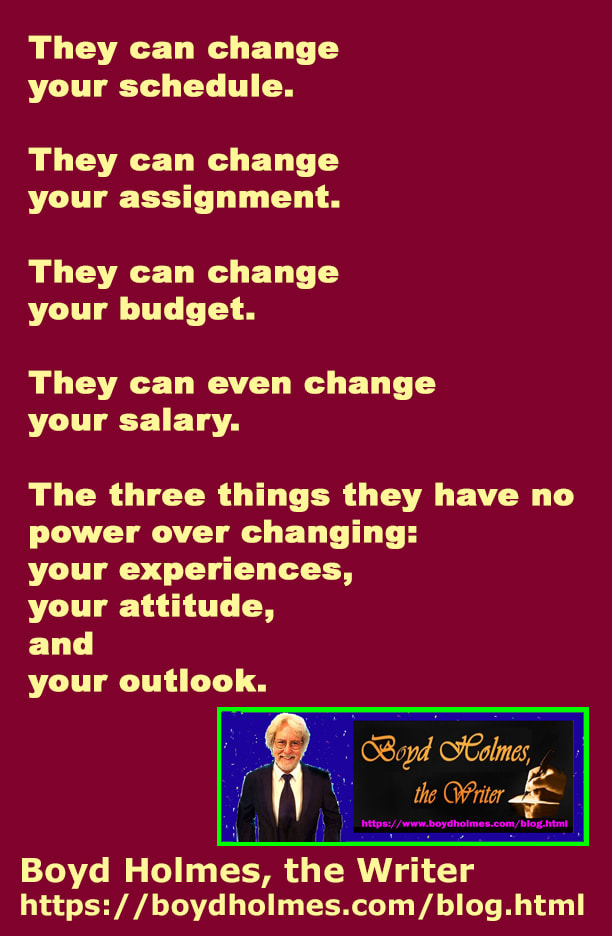
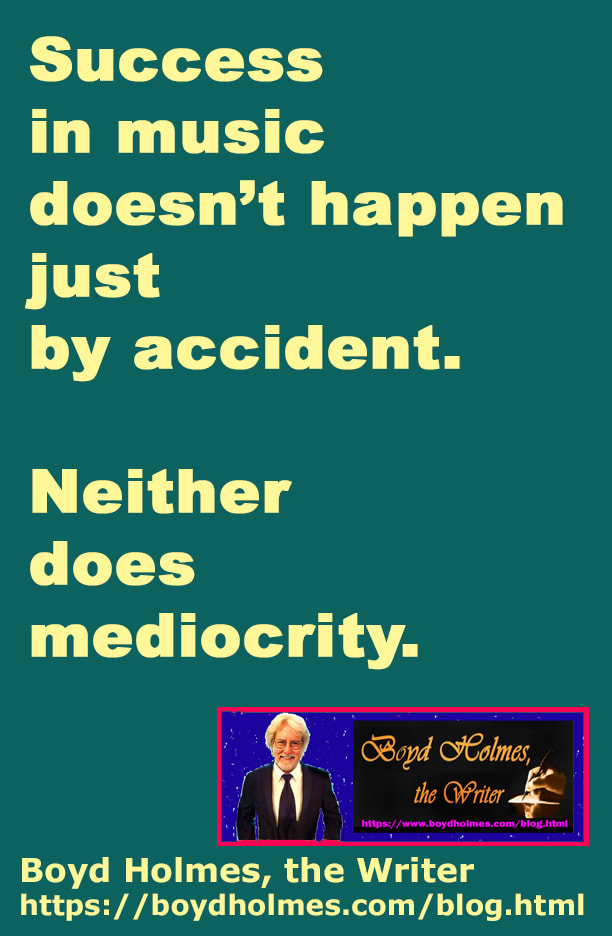
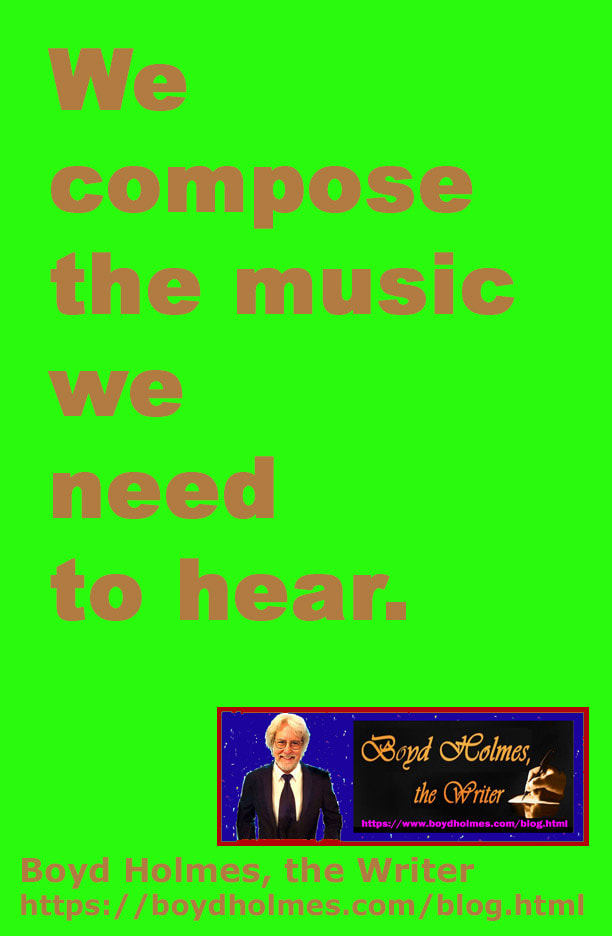
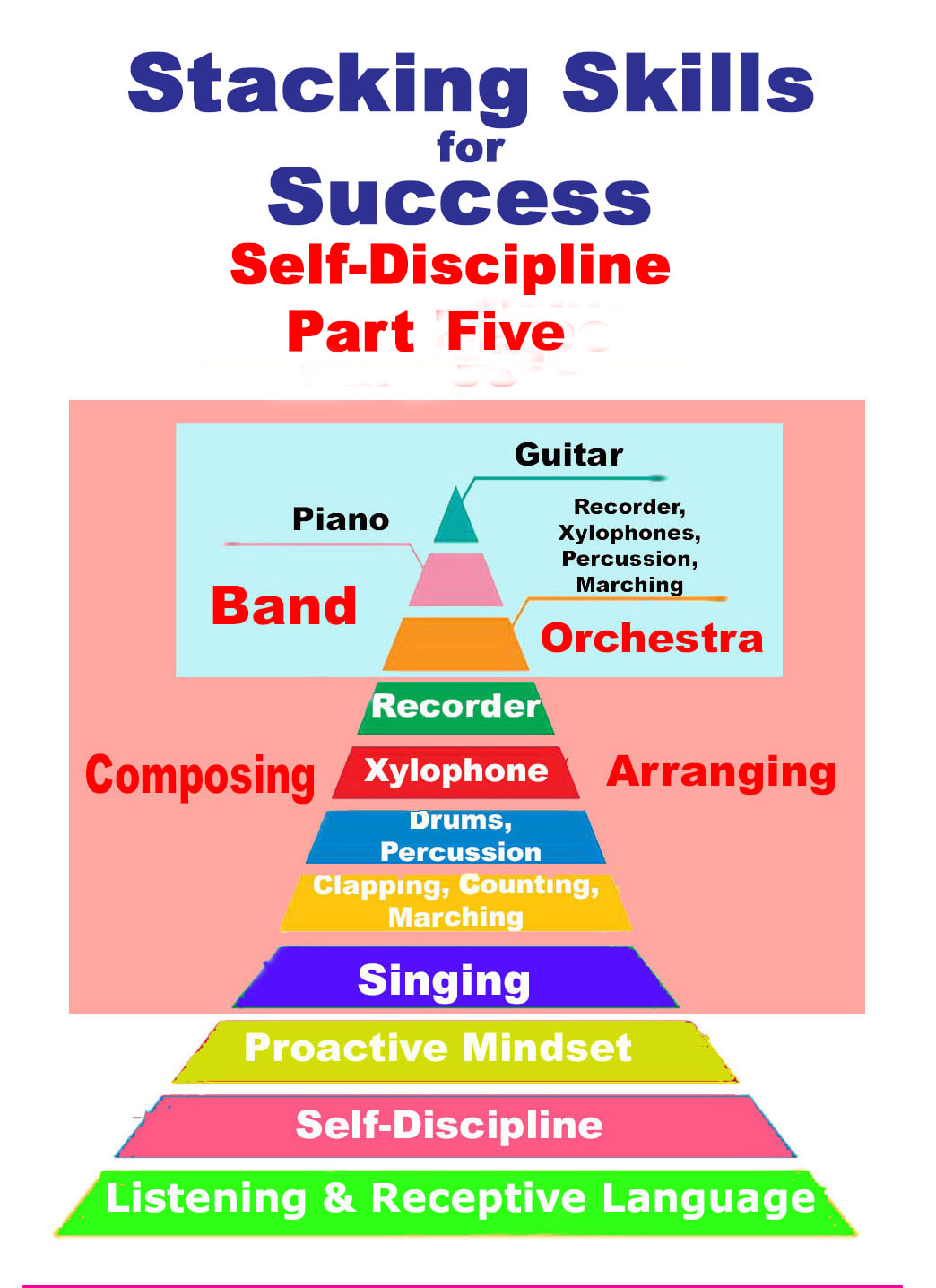
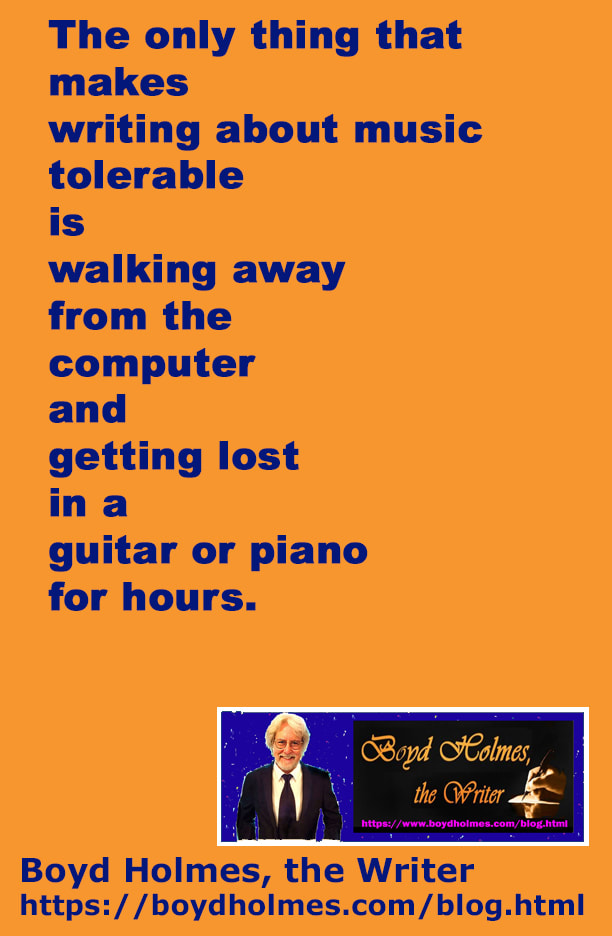
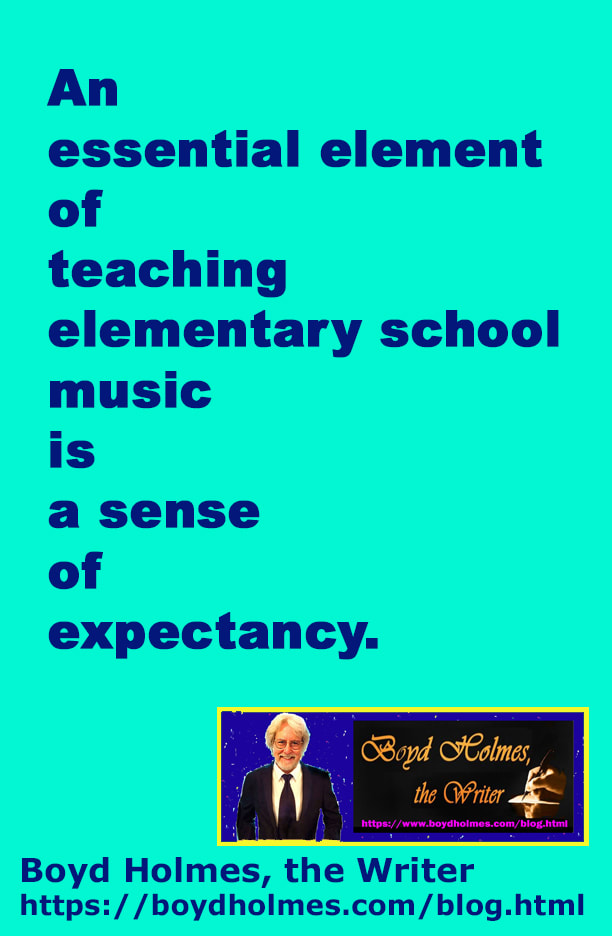
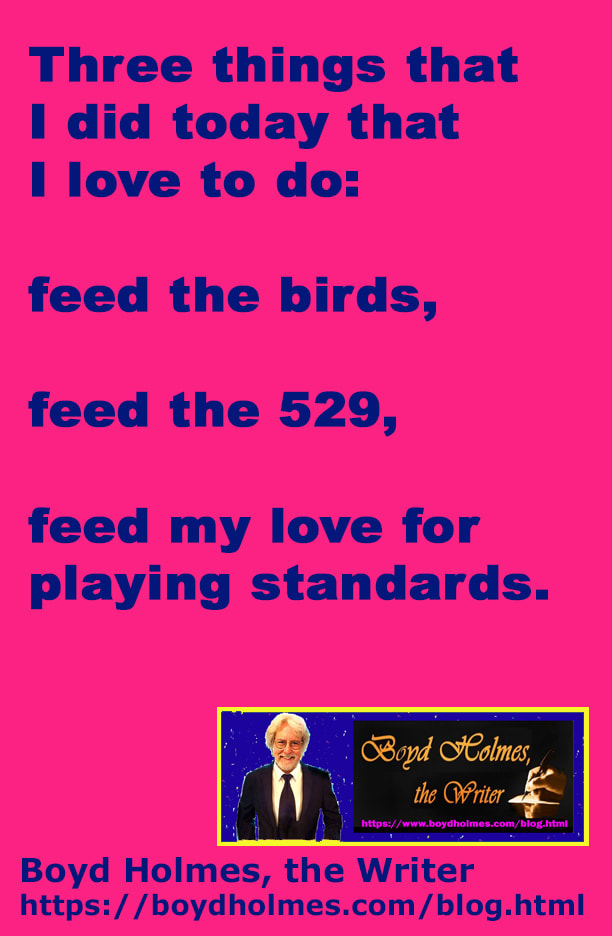
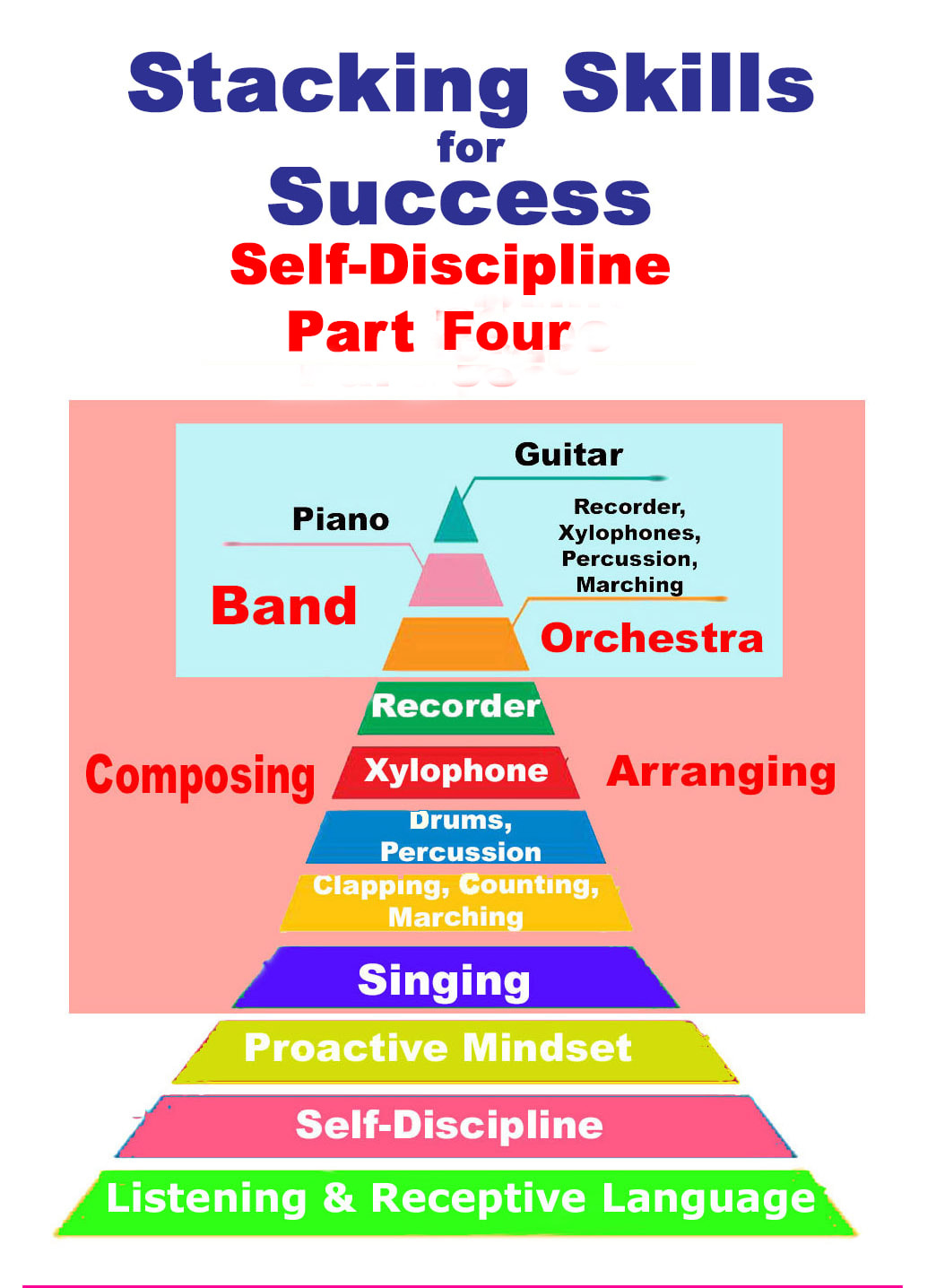
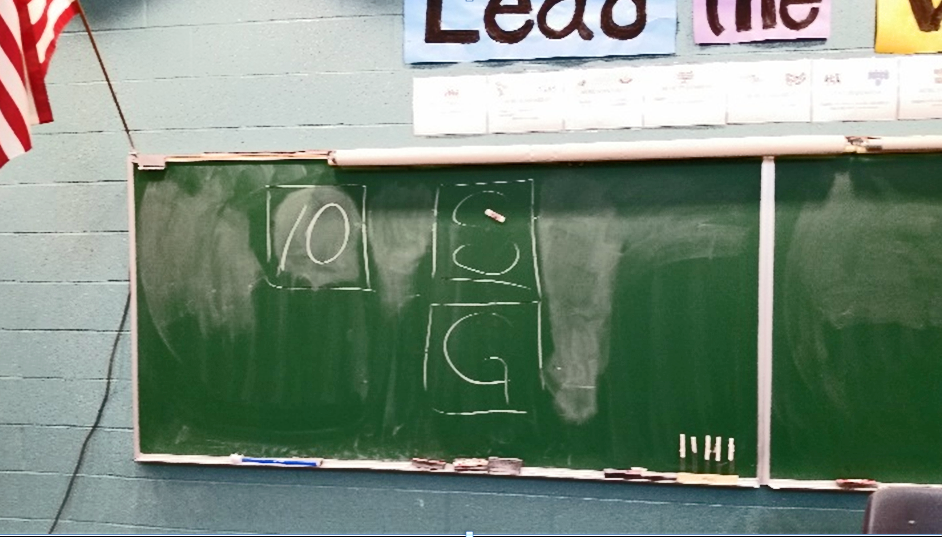
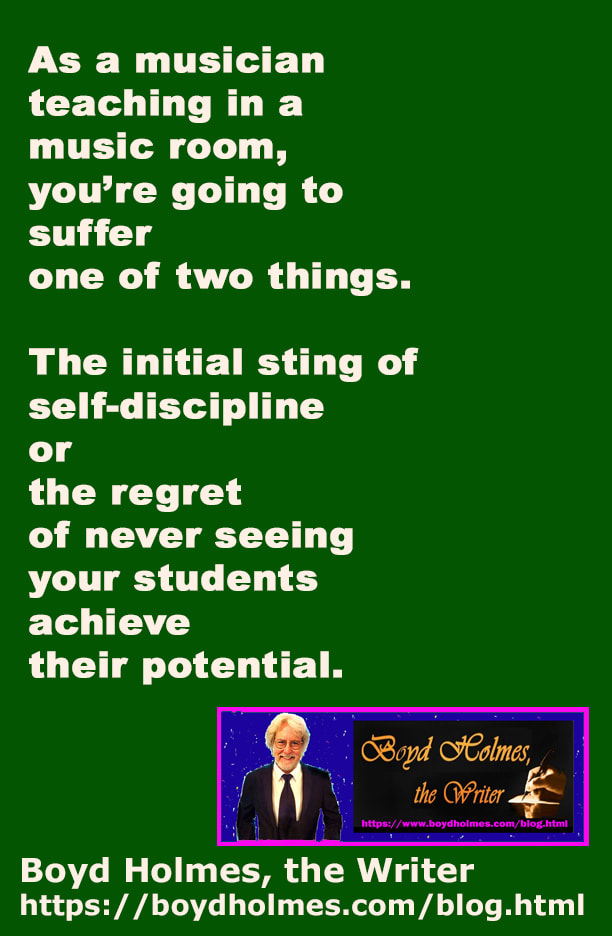
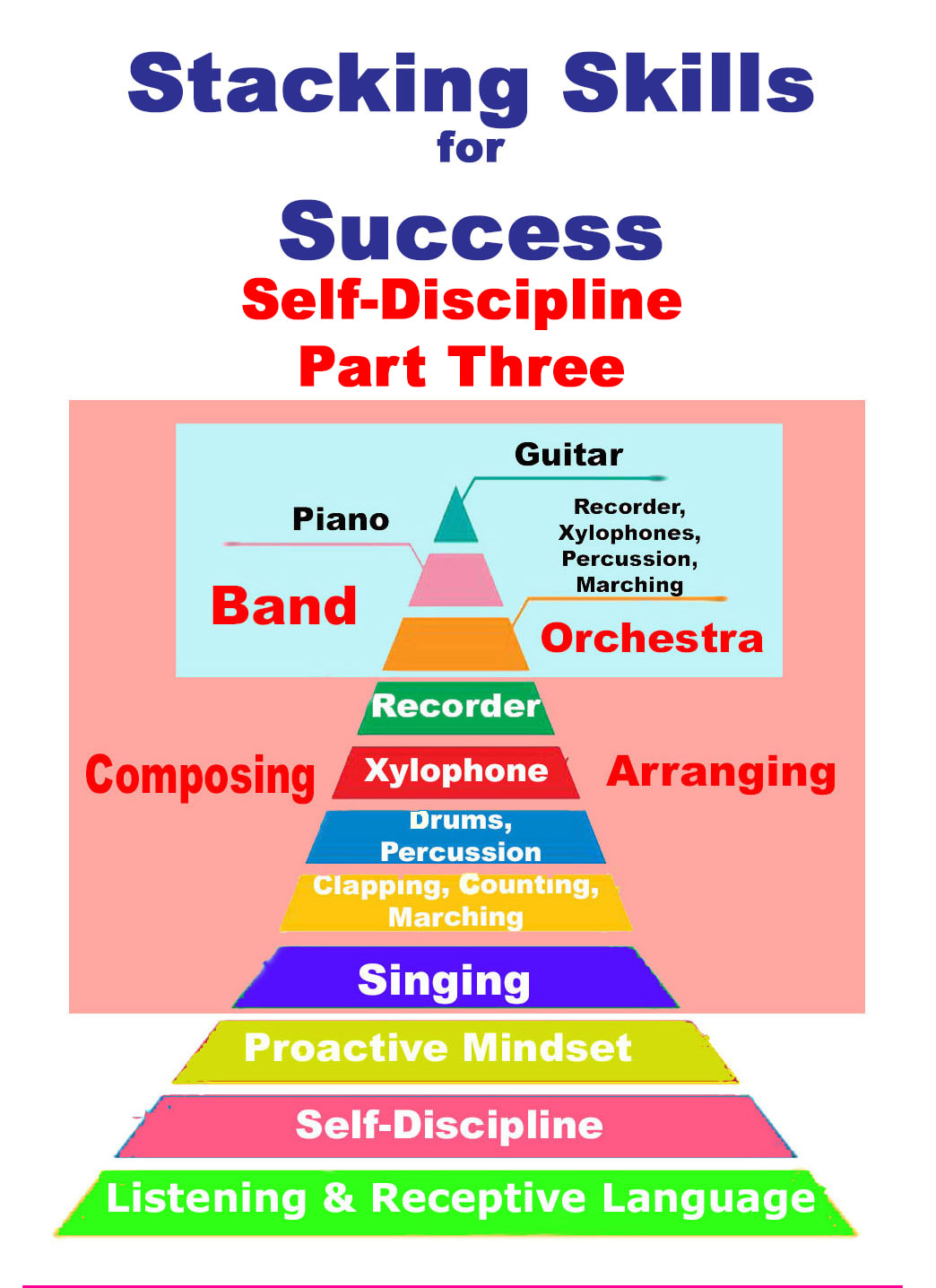
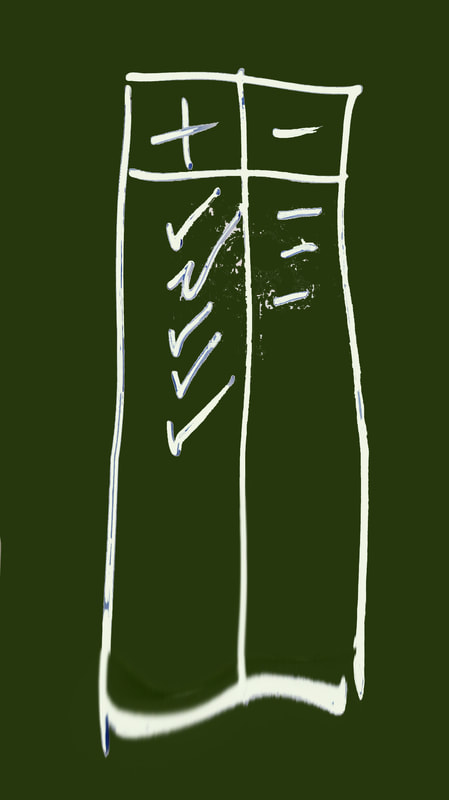
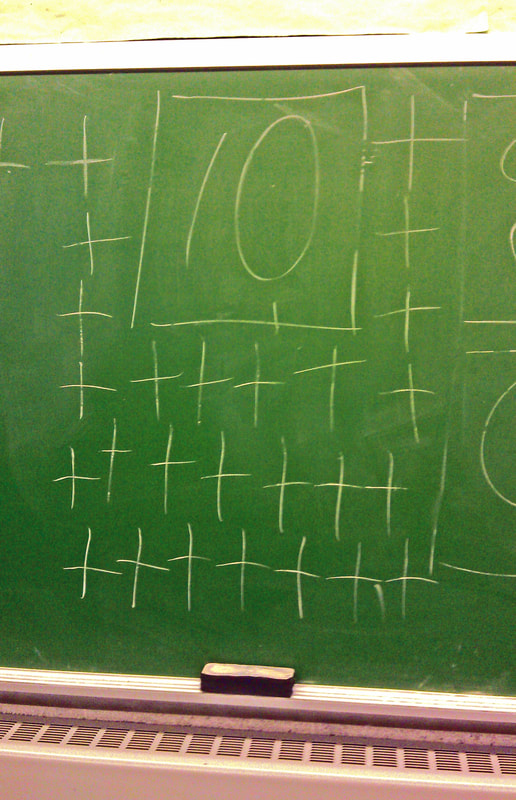
 RSS Feed
RSS Feed